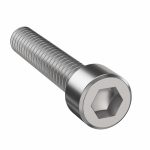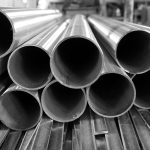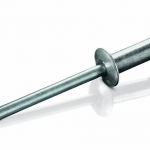When steel undergoes a manufacturing process that coats it with zinc, it is referred to as galvanized steel. Although this provides the steel with a glossy and appealing look, the main purpose is to offer corrosion protection. In this article, you will learn more about galvanized steel, compare galvanized steel vs stainless steel, and receive answers to common questions about it.
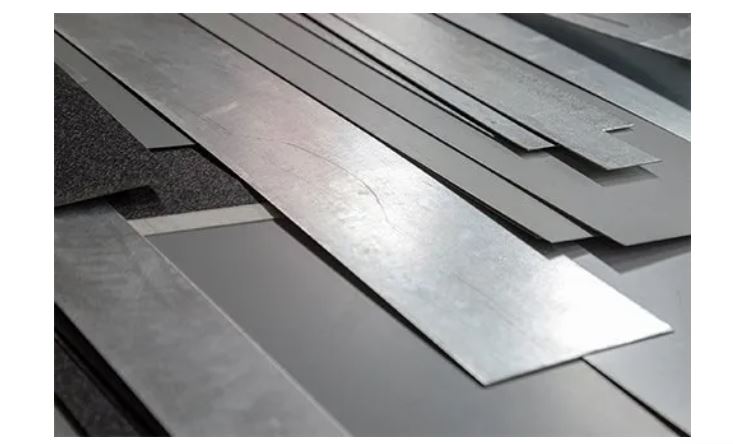
What is Galvanized Steel?
Galvanized steel is among the most popular steel types because it combines the strength of steel and anti-corrosion feature of zinc. As a result, such steels can serve in applications for decades without any rusting and corresponding integrity issues. Even when the zinc layer incurs damage, it corrodes as the sacrificial cell in place of the exposed steel due to their order on the electrochemical series. There are several methods of galvanizing steel with each having an impact on the steel’s resultant features.
Hot Dip Galvanization of Steel
This is the predominant galvanizing process. It dips the steel in a bath of molten zinc at a temperature of 860°F (460°C). Then, upon taking the steel out into the atmosphere, a thick, robust layer of zinc oxide forms, preventing corrosion. Although this process produces a durable layer, other methods are preferable in certain applications.
For example, on structures that require additional coatings of paint, using a thinner layer is necessary to avoid significant increases in the structure’s weight. Another challenge with having a thick zinc layer from this process is that it makes the structure susceptible to hydrogen embrittlement.
Zinc Electroplating
This process involves dipping steel into a zinc ion solution and passing an electric current through it. This leads to an even distribution of zinc on the sheet. Relative to hot dip galvanization, zinc electroplating provides better aesthetics because of the thinner, even layer of zinc oxide. However, it is not as economical and risks the release of toxic substances into the environment.
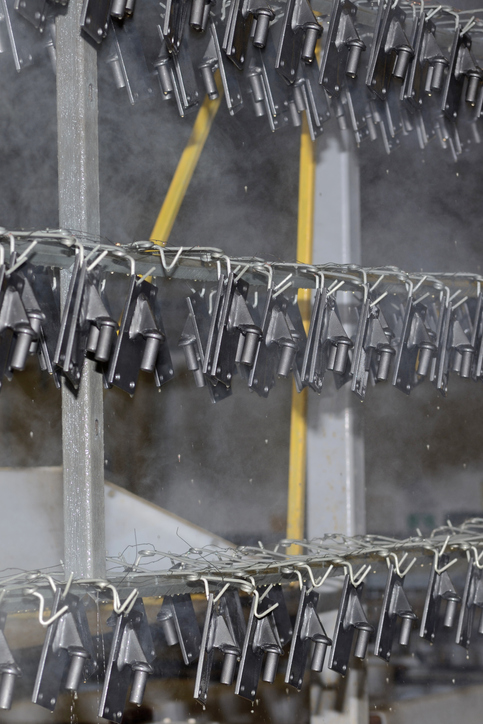
Mechanical Plating
This process infuses zinc particles unto a steel surface by using zinc powder, glass beads, and a special reducing agent. Unlike the previous methods, the resultant galvanized steel is not prone to hydrogen embrittlement and the process is environmentally friendly. However, the coatings are more porous, and the zinc distribution is uneven in comparison to electroplating.
Galvanized Steel vs Stainless Steel
Stainless steel and galvanized steel are similar in that they are corrosion-resistant. Also, they are suitable for applications requiring long-term durability. However, differences exist as the table below highlights.
| Galvanized Steel | Stainless Steel |
| Its anti-corrosion attribute comes from the layer of zinc coating. | The presence of elements such as chromium and molybdenum in its microstructure makes it corrosion-resistant. |
| Because its corrosion protection comes from the zinc coating, damage to the coating exposes the steel. As a result, the zinc corrodes preferentially and still offers some level of protection. | Its anti-corrosion feature is inherent in its microstructure. So, it self-heals by forming a passive layer if there is damage to its surface. Thus, it provides the preferred option for highly corrosive locations such as the marine environment. |
| Zinc coating adds some weight, but the strength of the steel structure is a function of the parent material. | When compared to galvanized steel of similar thickness, stainless steels have higher tensile strength. |
| Generally, it is more malleable as its mechanical properties are that of the underlying steel. | Stainless steels are less malleable. Although, those with higher amounts of nickel are like their galvanized counterpart. |
| These offer a cheaper option especially when a large amount of material is needed. | Stainless steels could cost up to four times more and beyond depending on the grade. |
Common Questions on Galvanized Steel
Due to the popularity of galvanized steel, there are several questions regarding its application. The following sections address some of them.
How can you tell if a metal is galvanized or aluminum?
Although galvanized steel and aluminum have a similar glossy appearance, there are distinct differences. Their look may appear similar, but upon closer observation, aluminum surfaces are smooth, while galvanized appear porous and rough. In addition, galvanized metals are significantly heavier than aluminum. Other differences which are not obvious are aluminum’s better resistance to corrosion and thermal conductivity. It is also cheaper.
Will galvanized steel rust?
With the zinc layer intact, galvanized steel will not rust. However, if the coating is damaged, the steel is exposed to the environment leading to preferential corrosion of the zinc as it is more anodic. Over time, such exposed sections could become problematic as corrosion advances.
Will a magnet stick to galvanized metal?
If the base metal is magnetic then a magnet will stick to it. Moreover, the layer of zinc coating is typically too thin to interfere with the magnetic property of the steel.
Can you weld galvanized steel?
Yes, although the welding of galvanized steel produces toxic fumes. As a result, the use of PPE, especially a respirator, is necessary. In addition, the welding area should have sufficient ventilation. Another challenge when welding this type of steel is the interference of the zinc coating with the fusion, leading to porosity and inclusions. To avoid this, welders should remove the coating from the welding area or use filler material on the welding area with coatings. This should be carried out by a highly skilled welder.
Can you paint galvanized steel?
Applying paint to galvanized steel results may result in peeling. So, it is necessary to carry out surface preparation to achieve the best results.
First, remove the layer of white rust that develops on the steel surface over time by sandblasting or laser cleaning. Then, use a rust-preventing primer to improve corrosion resistance, and to ensure the paint adheres and dries quickly. Apply paint to the surface of the steel as per specifciation.
If there is no means to properly prepare the surface, then technicians must use specially formulated paint for it to last on the galvanized surface.
